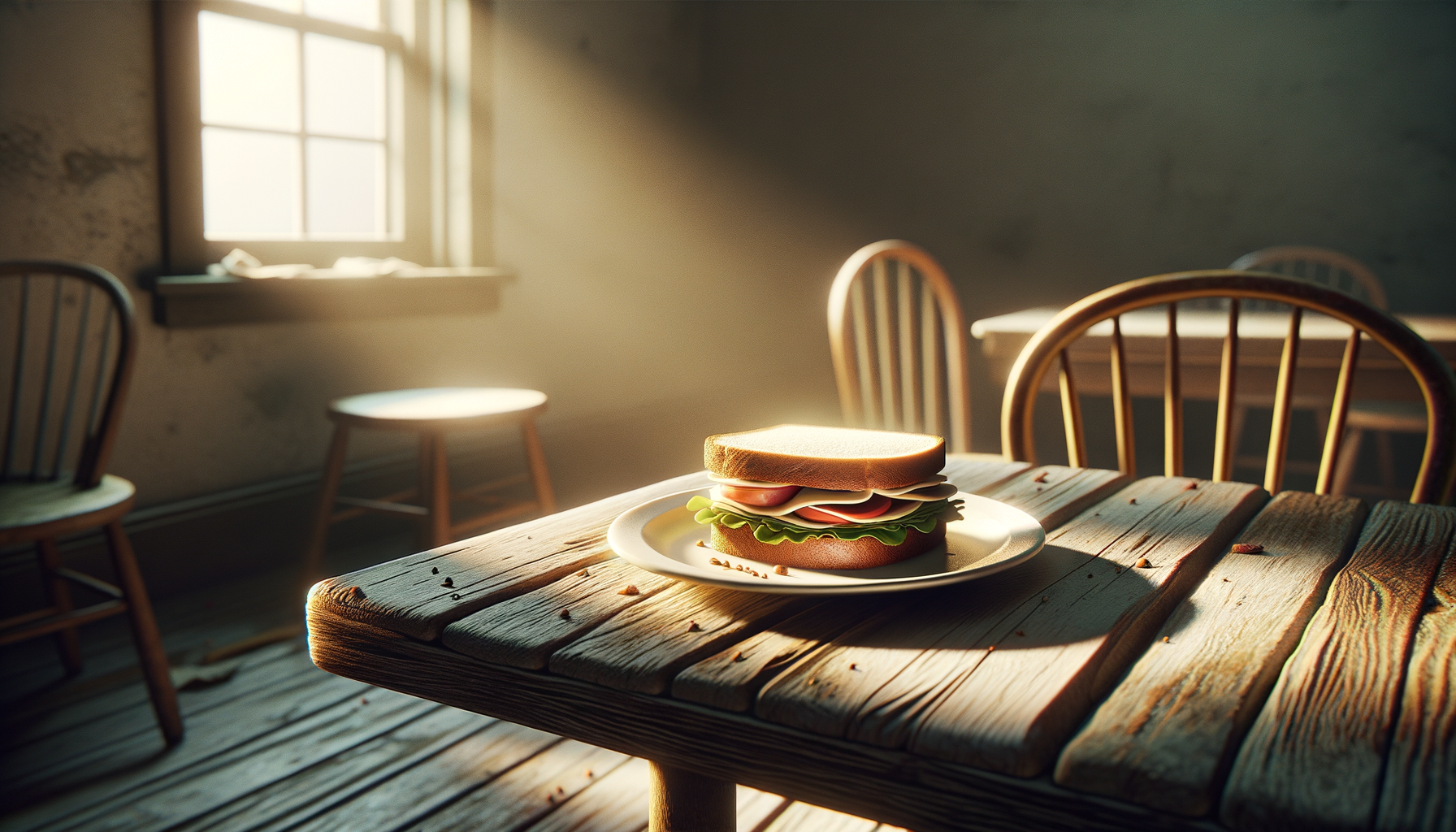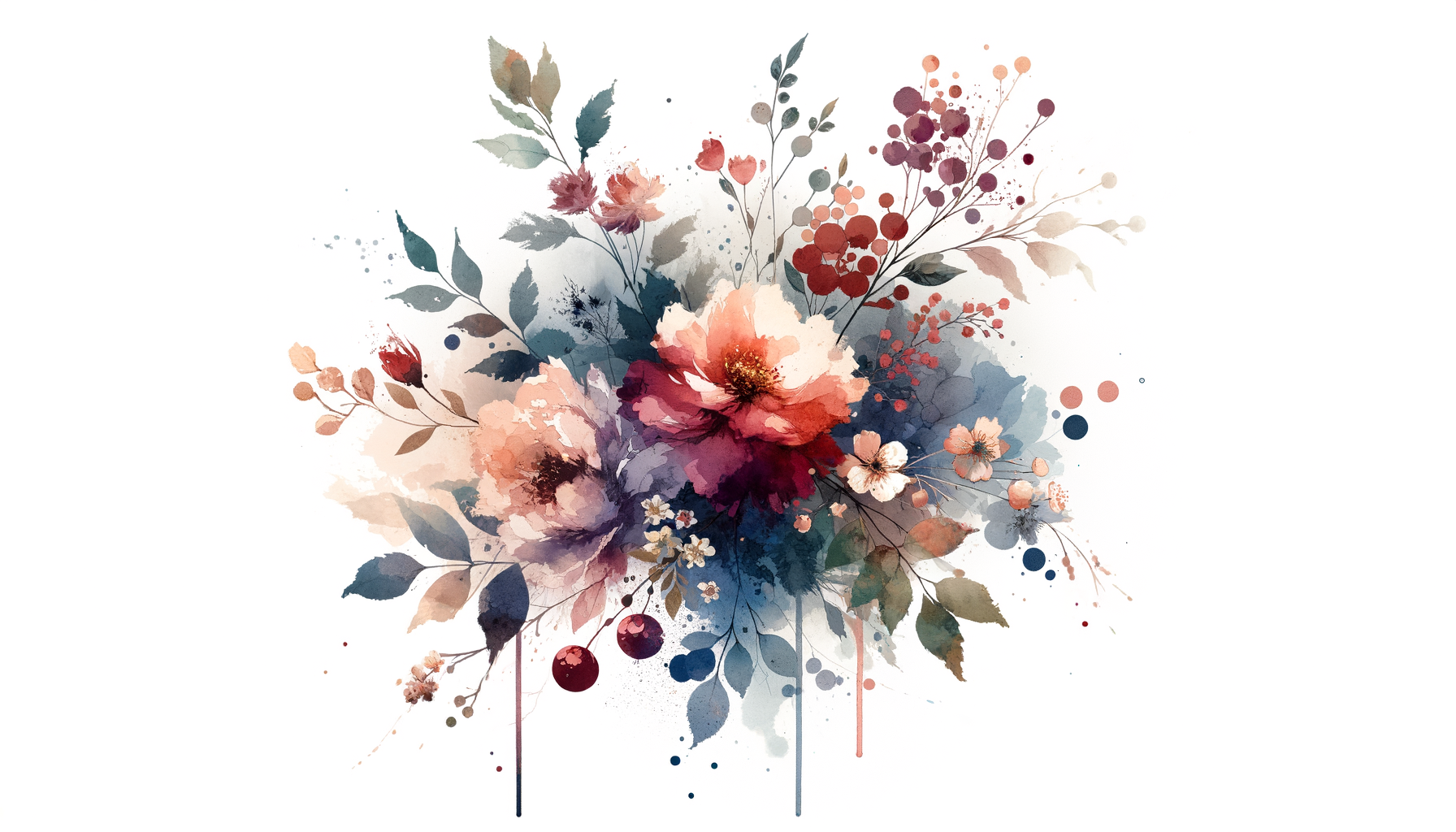Have You Ever Made Your Grandmother Cry? (I Have.)
There’s a kind of silence that settles over you when you know you’ve really messed up. It’s heavy and loud, like sitting in an empty church during a thunderstorm. That was the silence I experienced one late summer afternoon, standing in my grandmother’s parlor, with her floral curtains framing a scene of blooming azaleas outside. Except, I wasn’t admiring them. I was standing there, swallowing a lump the size of a buttered biscuit as my grandmother dabbed tears from the corners of her eyes with the same handkerchief she's likely used since 1954.
“I just don’t know what you were thinking, Celeste,” she said, her voice trembling. And honestly? I didn’t, either.
This is the story of my first big failure—and how, unwittingly, it set the stage for all the backbone-building resilience I’d need later in life. Spoiler alert: It involves a poorly executed art scheme, some stubborn pride, and a truly spectacular misunderstanding, all wrapped in a delicate bow of Southern gothic melodrama.
The Great Preservationist Debacle of 2005
To understand the magnitude of this particular failure, you have to know a little about my family. My father, the architect-as-historian, dedicated his life to preserving Savannah’s historic homes. He’d once lovingly restored an antebellum mansion inch by painstaking inch, taking three full years to fix a single veranda because "the integrity of the original balustrade" couldn’t just be thrown out like last night’s shrimp and grits. My mother, all the while, serenaded his projects with fraught piano compositions that seemed to underscore the drama of it all.
For better or worse, I grew up with a reverence for beauty that bordered on religious. So when I—a college senior armed with half a degree in Art History and a double shot of youthful overconfidence—returned home for one last summer before graduation, I was determined to make my mark in the family legacy.
You know what’s never a good idea? Trying to “make your mark in the family legacy.”
Here’s what happened: there was a sale going on at a local estate auction. Among the usual fare of heavy oak furniture and chipped porcelain, there was a disassembled iron gate with sinuous, almost hypnotic scrollwork. The tag called it “salvage.” But to me, it screamed, resurrection. Sure, it was rusted and missing a few curlicues here and there, but I was convinced—convinced—that this gate, once lovingly restored, would be the pièce de résistance of my grandmother’s garden. A homage to our family’s shared obsession with saving beautiful things from ruin. It was unthinkable she wouldn’t adore it.
Reader, I did not consult her first.
When Generosity Becomes Hubris
I bought the gate in a moment of triumphant grandeur. Never mind that it cost most of my modest summer savings (goodbye, new boots I had been eyeing for fall). Never mind that I had no real plan for restoring it or understanding of what “iron oxidation” actually meant. Never mind that I’d never once heard my grandmother say, “You know what I really need in my life? A 250-pound iron gate.”
I had a vision. I was certain it was the right one. So, I enlisted a friend with a truck and had it delivered straight to her house as a surprise.
For a moment, I thought I’d nailed it. My grandmother came out to the driveway, clutching a gardening spade, and stood there with a bemused expression. “What’s all this, Celeste?” she asked. I launched into my pitch: the symbolism of rescuing this forlorn object, the way it would transform her hydrangea garden into something worthy of a spread in Southern Living. I was dramatic enough to almost convince myself. Almost.
“Darlin’,” she interrupted softly. “That gate came from the Fergusons’ old home.”
And then it hit me with the force of a falling magnolia branch. Of course it did. My grandmother and Mrs. Ferguson had been embroiled in a decades-long spat over something neither of them could even remember anymore. The mere mention of the name Ferguson caused my grandmother to purse her lips and announce she was taking up knitting to “keep her hands busy” lest she be inspired to slap somebody.
I’d just dragged the enemy’s once-proud gate to her doorstep like a stray dog.
And that’s how I ended up in her parlor, fumbling for words, while she quietly cried into her handkerchief. Not from anger—no, that would’ve been easier to stomach. But from what I could only describe as sheer disappointment. My gesture, which I’d imagined as so thoughtful and inspired, had backfired in the most resounding way possible. I had tried to impose my own vision of beauty onto hers without stopping to ask the simplest, most important question: Would she even want this?
The Humbling Process of Owning Up
Humiliation, I’ve learned, isn’t so much an event as it is a process. There’s the initial hot rush of recognition—you’ve really blown it this time. Then, there’s the wave of secondhand embarrassment for yourself that comes later, when you replay the scene in your head over and over, each time realizing how absurd you must’ve seemed.
What stayed with me most about this particular failure wasn't the embarrassment (though I will admit, hauling that cursed gate back in defeat was humbling indeed). Instead, it was a quieter revelation. I had been so caught up in my desire to do something special for someone I loved that I never thought to listen to what they actually wanted. It’s a painfully obvious truth now, but at the time, it hit me like the first time you realize fireflies aren’t magic—they’re just bugs with glowy butts.
Lessons Learned (and a Lighter Touch)
Fast-forward several years, and that same lesson has shaped how I navigate nearly everything—relationships most of all. Whether it’s a romantic partner, a close friend, or the woman making your latte at the corner café, there’s a fine line between doing something grand for others and allowing your own assumptions to take up too much space. Sometimes, the trick isn’t in the grand gestures but in the little ones: listening thoughtfully, noticing preferences, honoring silences.
Here’s what I can tell you now, with the full weight of my own missteps behind me:
-
Don’t skip the conversation. Ask what’s meaningful to the people you love. The best surprises come from knowing someone deeply—not just guessing at their Pinterest board aesthetic.
-
Check your intent. Before you go all-out to impress someone, consider this: Are you doing this for them, or are you doing this to feel good about yourself? It’s a question worth sitting with.
-
Be ready to own it. Inevitably, you’ll get it wrong sometimes. And when you do, resist the urge to justify or explain. Just say, “I’m sorry. I’ll do better next time.”
-
Learn to laugh. Even your failures are part of your story. And, if nothing else, they make for a killer anecdote at dinner parties.
Blossoms After the Blunder
Ultimately, what I came to realize is that failure—even one as melodramatic as “iron gate-gate”—can shape us in ways no success ever could. That gate never graced my grandmother’s garden (thank goodness), but it taught me to prioritize understanding over assumptions. That lesson is a kind of beauty all its own.
And while the gate eventually found another home (honestly, who cares where), I still remember standing sheepishly beside my grandmother in her kitchen later that week, my cheeks hot as she handed me a slice of pecan pie. Between bites, she squeezed my hand and said, “Your heart’s in the right place, Celeste. You just have to slow down and think every now and then.”
She wasn’t wrong. And to this day, whenever I’m tempted to rush into solving or “fixing” something for someone else, I hear her voice—soft, like moss hanging low in the branches—and take a step back.
Life’s big failures? They’re just awkward gifts in rusty, glorious disguise.




















